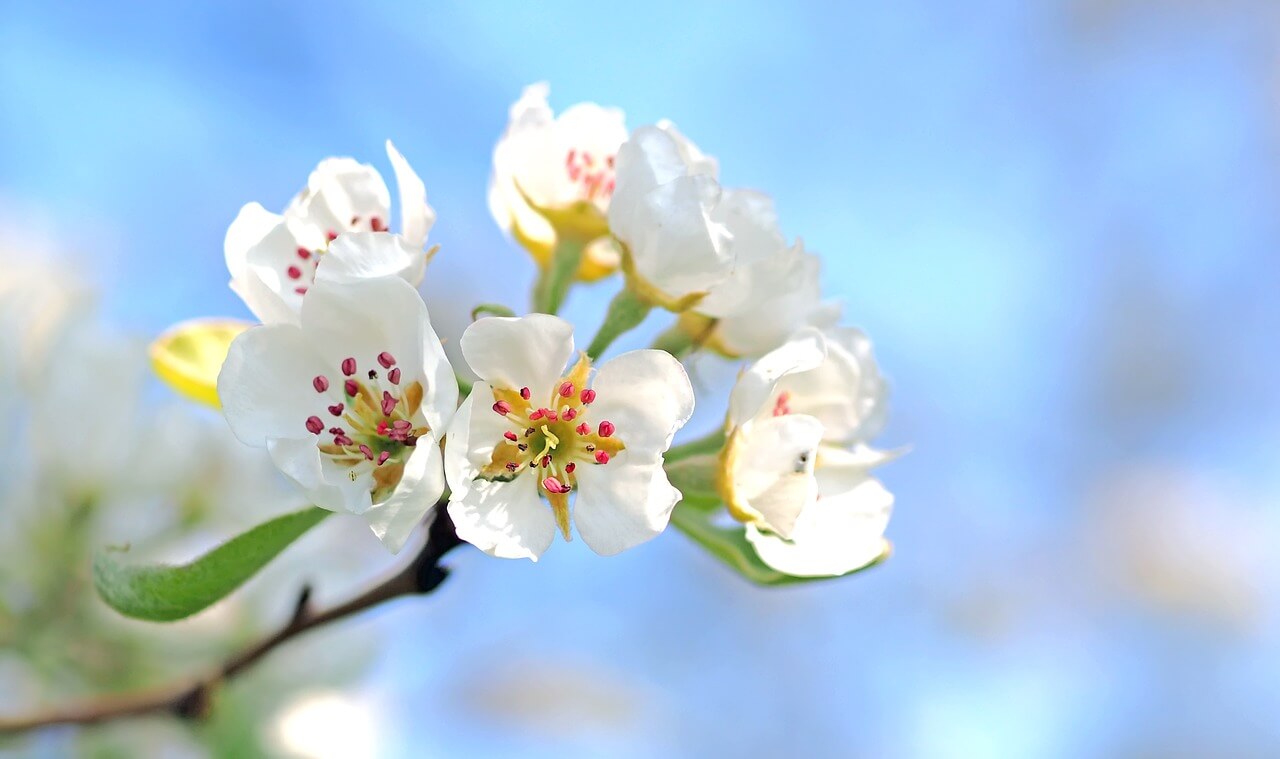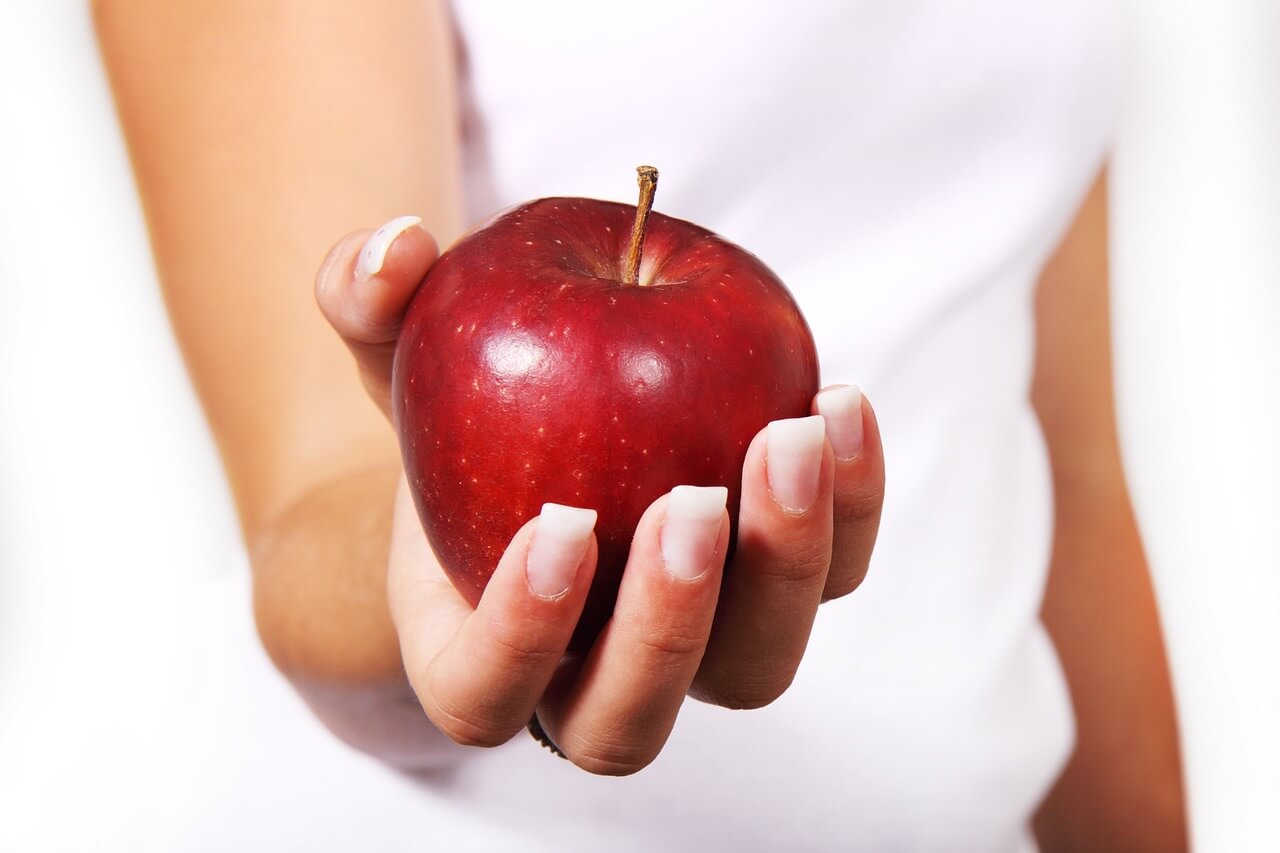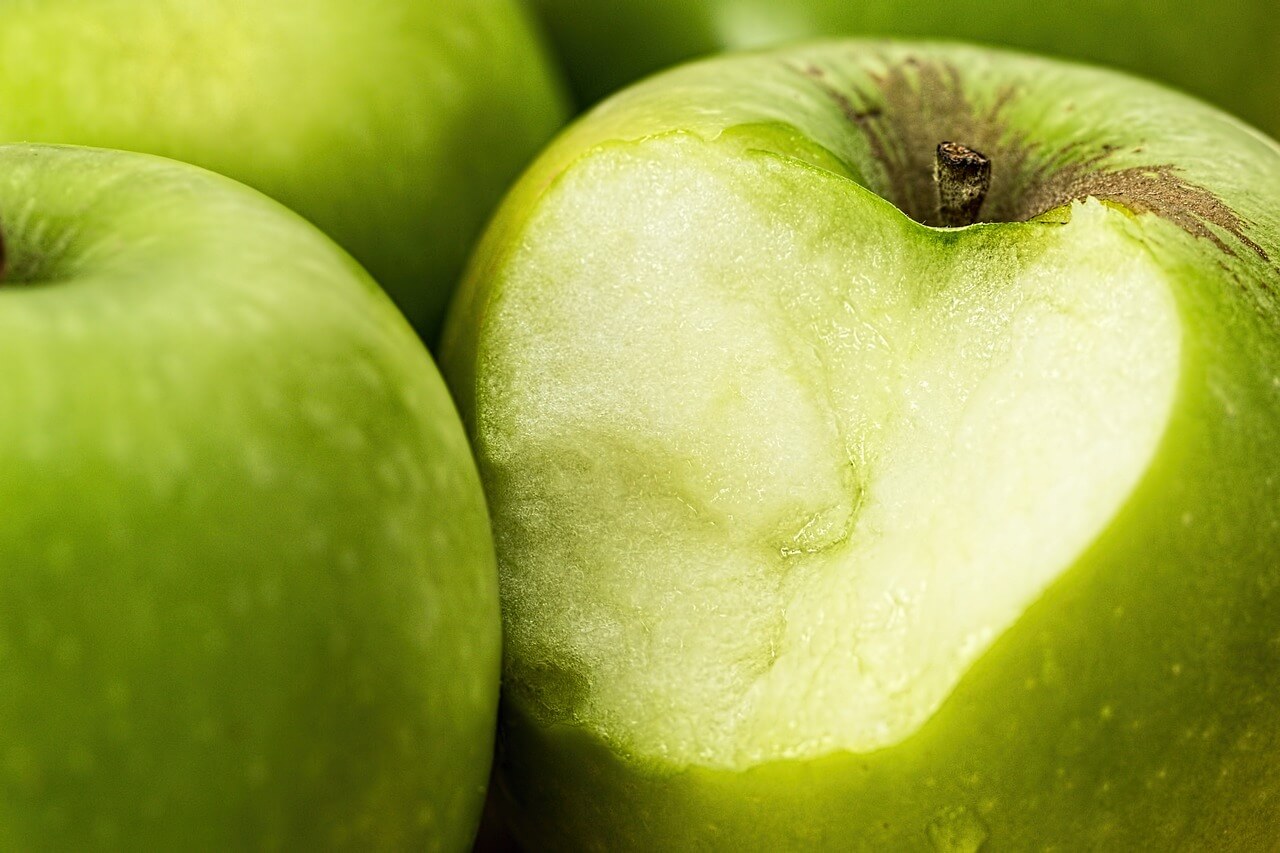10 Neat Things About Apples
1. DNA diversity.
An apple tree can have more genes than a human. Humans have about 20,000-25,000 genes, while an apple genome might include over 57,000 genes.

2. Antique varieties.
There are over 7,500 varieties of apples grown around the world today, and many of these varieties date back hundreds of years. What’s more, most apples you eat of a particular variety are clones. A MacIntosh is a clone of every other MacIntosh apple out there. MacIntosh apples trees are all made through grafting MacIntosh branches onto other rootstock.

3. Looking for a partner.
This is because most apple varieties cannot pollinate themselves or other trees of the same variety. They require cross-pollination with another apple variety to produce fruit. There are a few exceptions to the rule, including Golden Delicious, Granny Smith, Jonagold and Gala, which can all pollinate themselves.

4. Floating fruit.
Apples are 25% air, which is why they float on water. This characteristic made them perfect for the traditional game of apple bobbing at Halloween. Although you probably won’t bob for apples anymore because of germs, there’s another game you can play: trying to eat an apple suspended from the ceiling on a string.

5. Forbidden fruit myth.
Despite popular belief, the Bible never specifies that the fruit eaten by Adam and Eve in the Garden of Eden was an apple. The apple became associated with the story much later in history, possibly because in Latin, the words for “evil” (malum) and “apple” (malum) are homonyms, which may have influenced Western artists and writers. Of course, this part of the Old Testament was written in Hebrew, likely before Latin was even a language.

6. Natural storage.
Before refrigeration was common, people stored apples in a dedicated apple house or root cellar, where they could stay fresh for months. Today, the most common method for commercial apple storage involves controlling the levels of oxygen, carbon dioxide and humidity. Oxygen levels are reduced to slow down ripening and carbon dioxide is increased. They are also kept at 0 to 4 Celsius to maintain the texture and flavour.

7. Ripening agent.
Apples give off a significant amount of ethylene gas, which is a ripening agent that can speed up the ripening and rotting of other fruits and vegetables. For this reason, you should not keep apples close to potatoes you wish to store. On the other hand, you can keep bananas near apples to ripen them more quickly.

8. Mother of all apples.
The modern apples we eat today are descended from wild ancestors that still grow in Kazakhstan, specifically in the forests of the Tien Shan mountains. These wild ancestors, still growing today, provide a genetic reservoir that breeders can use to improve disease resistance, enhance flavor, and adapt to different climatic conditions in cultivated apples. Malus sieversii is Latin for the OG apple and Malus domestica are cultivated apples.

9. North American apples.
Apples native to North America are all crabapples, a couple of which are native to Canada. Malus coronaria is found in Southern Ontario and Malus fusca is native to the Pacific coast. Hybridizers have worked with various species of crabapples to develop some that are edible without cooking. ‘Dolgo’ is currently a popular crabapple. They have also developed several ornamental varieties with gorgeous flowers that produce little or no fruit to clean up.

10. Growing apples.
If you have a garden of any size, consider planting an apple tree. There is almost certainly one suitable for your growing zone. The hardiest we know of is called ‘9-22 End’ and it survives in Zone 1, producing delicious apples. In fact, it doesn’t do well in climates above Zone 5!







